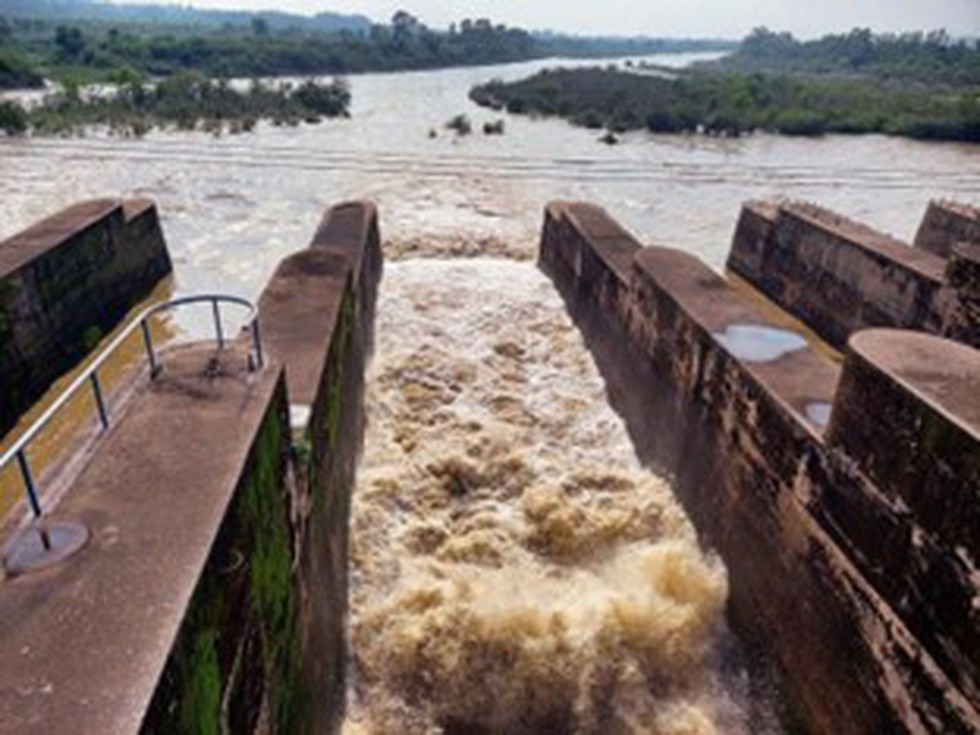About Pong Dam:
- The Pong Dam, also known as the Beas Dam, is an earth-fill embankment dam on the Beas River in the state of Himachal Pradesh.
- The purpose of the dam is water storage for irrigation and hydroelectric power generation.
- The construction of the dam began in the year 1961 and was completed in 1974 and at that time was known as the tallest of its type in the country.
- The raised water level thus invariably created an artificial lake called the Maharana Pratap Sagar, after the great ruler of Mewar. The lake became a renowned bird sanctuary for birds of numerous species including Bar-headed Goose and the Red-necked Grebe.
- Features:
- The Pong Dam is a 133 m tall and 1,951 m long earth-fill embankment dam with a gravel shell.
- The dam is 13.72 m wide at its crest, which sits at an elevation of about 435.86 m above sea level.
- The base of the Pong Dam is about 610 m wide and has a total volume of 35,500,000 metre cube.
Key Facts about Beas River:
- The Beas River is a river in north India.
- Origin: The River rises 4,361 metres above sea-level on the southern face of Rohtang Pass in Kullu, Himachal Pradesh.
- Course: It flows for some 470 kilometres to the Sutlej River in the Indian state of Punjab.
- The river was also known as Arjikuja of the Vedas, or Vipasa to the ancient Indians, and the Hyphasis to the Ancient Greeks.
- Tributaries:
- The main tributaries are Bain, Banganga, Luni, Uhlal, Awa, Banner, Chakki, Gaj, Harla, Mamuni, Parvati, Patlikuhlal, Sainj, Suketi and Tirthan.
- The tributaries that branch out in the Northern part are snow fed and hence, perennial.
- The tributaries down the South are seasonal and get their water from the rains.
